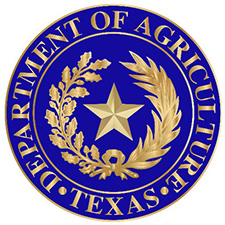Ag census undercounted corn and soybean acreage
The latest Census of Agriculture, released in February, reported a 2.2 percent decline in U.S. farmland from 2017 to 2022. A portion of that reduction, involving corn and soybean cropland, may be overstated, said Aaron Smith, a professor of agricultural economics at UC-Davis, in a blog.
Substantial oil, gas, and wind payments go to a sliver of farmers
A fraction of U.S. farmers, about 3.5 percent, receive payments for oil, gas, and wind energy production on their land, and those payments provide “substantial income,” said a USDA report. With the growth of wind and solar energy, a wider array of farmers could benefit from the payments, now centered in the Great Plains, said the Economic Research Service.
TODAY’S QUICK HITS
Drought spreads: Some 65 percent of Kansas, the No. 1 winter wheat state, is in moderate or severe drought, a 12-point increase in a week, with precipitation running 4 to 5 inches below normal in south-central and eastern Kansas. (Drought Monitor)
Improved finances: Farm assets have grown far more rapidly than liabilities for Illinois grain farmers in the past 20 years, helping to reduce the debt-to-asset ratio from 27.3 percent in 2003 to 18.9 percent in 2023. (farmdoc daily)
Colombia restricts U.S. beef: In the first such move by a trade partner, Colombia banned imports of beef and beef products from U.S. states where the H5N1 bird flu virus has infected dairy herds. (Reuters)
Food inflation slows: Grocery prices are forecast to rise 1.2 percent this year, less than half the 20-year average, thanks to modest increases in most food categories. Dairy and seafood prices will fall from 2023 levels, while the cost of sugar and sweets will rise 4.3 percent. (USDA)
Acute hunger grows globally: Nearly 282 million people worldwide faced high levels of acute hunger in 2023, an increase of 9 percent from the previous year. (Global Network Against Food Crises)











